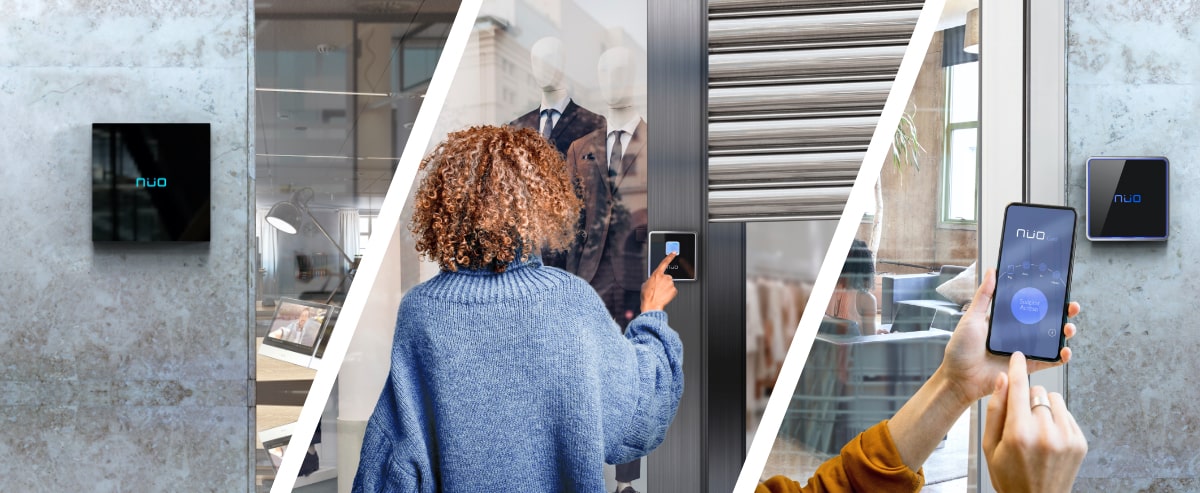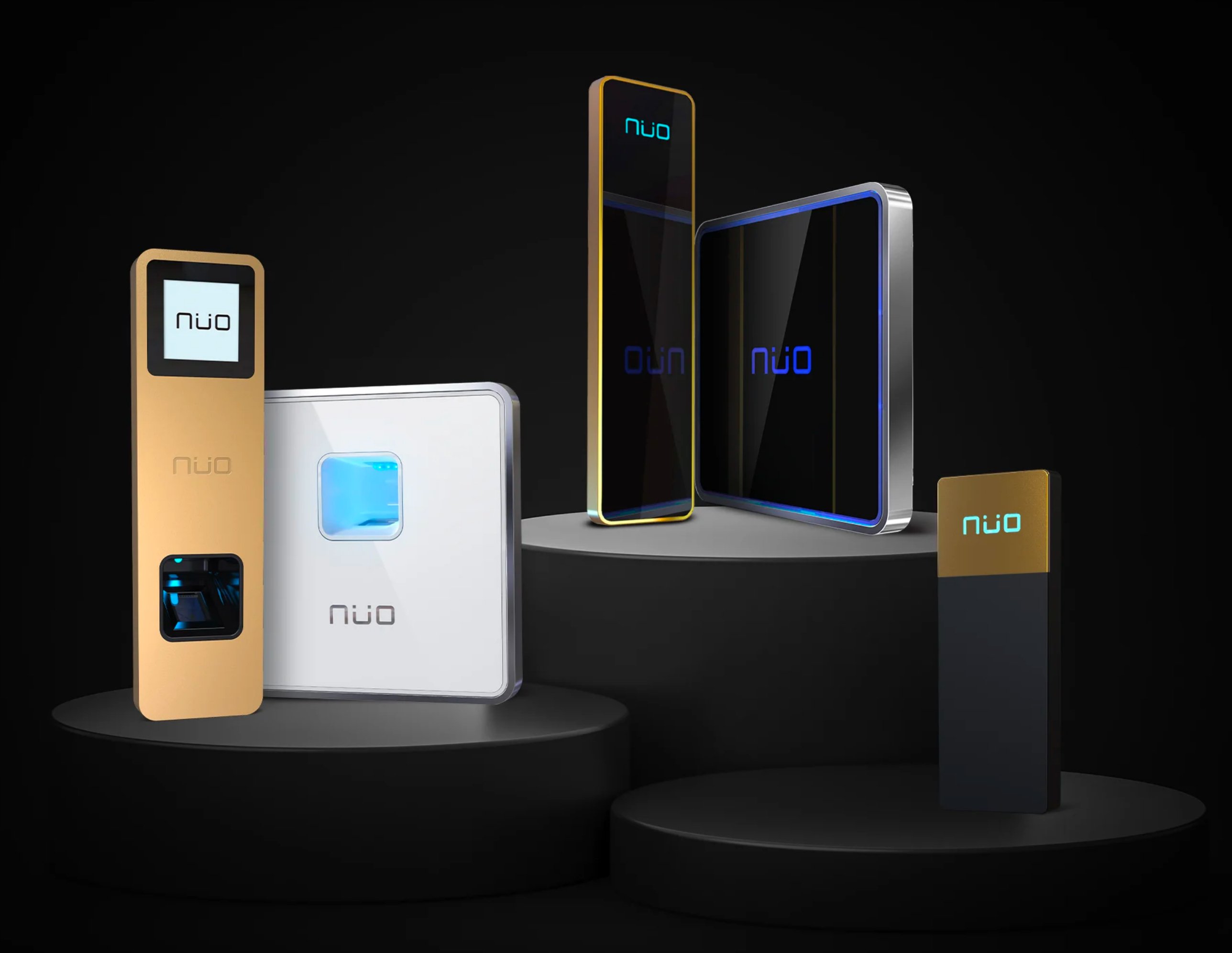There are many solutions on the market for handling a building's access and security, each of which has its own features and functionalities. This means that not all of them will be suitable for the same site or the same purpose. Users expect the installer to advise them when choosing between these solutions, and to help them decide on the most suitable system, taking into account the site, the level of security, the users to be managed and the number of entrances to be controlled.
As an installer, you therefore need to be aware of the types of access control solutions available on the market and which one will be best able to meet your client's needs.
What types of access control systems are available?
Manual access control systems
These are not operated via a technological or electronic device, but rather they tend to be operated by a person, such as a concierge or security specialist, who is trained to authorise access to certain people only, using a method for specific identification such as a physical ticket.
This system is virtually obsolete due to the low level of security it provides, since it is very easy to circumvent security using fake IDs or by impersonating another person without leaving any record or register.
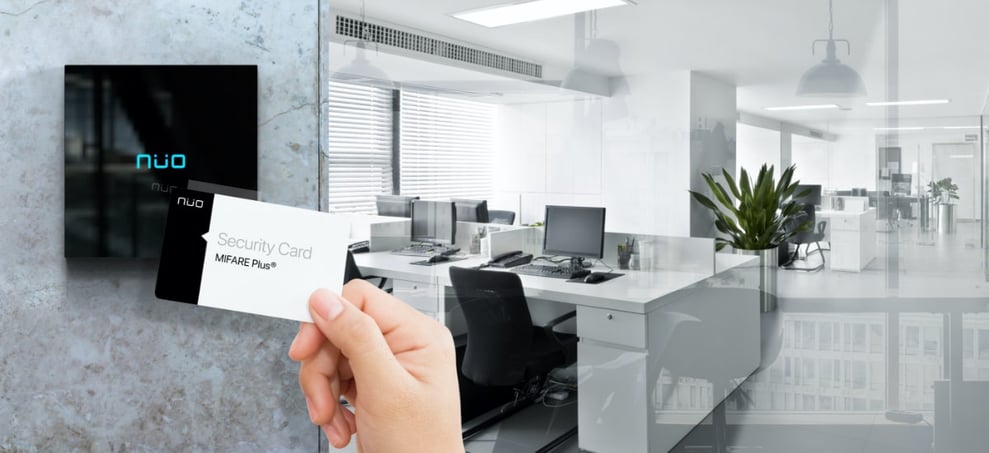
Electronic access control systems
This type of system works using readers which are responsible for allowing or denying access to a user. They are very common in all types of corporations and companies due to the high level of security they provide.
There are different types:

Access control systems that use RFID technology
RFID stands for Radio Frequency Identification. In these systems, a reader is used to identify, with no contact and from a distance, a card or tag carried by a person, a moving vehicle or a product in a warehouse or on an automated production line.
The reader uses radiofrequency to make requests or ask questions to the integrated chip on the RFID tags, which emit a response upon receiving the reader's signals, thereby permitting highly accurate and secure identification in real time.
However, it is important to remember that there are various options when it comes to proximity cards for access control:
- 125 kHz low-frequency proximity cards: these work using a technology developed more than 25 years ago and are easily hackable with card cloners that can be bought on the internet for just a few euros. It is worth noting, as the 2019 Security Management magazine outlines, that 51% of companies with an access control system in their facilities still use this obsolete technology. The result: these companies have zero guarantee of security. This is why it is so important to get good advice before deciding between systems, since the differences are huge.
- 13.56 MHz high-frequency proximity cards: cards that use this technology can be divided according to the encryption methods they use. Some, such as the iClass or MIFARE Classic cards, are vulnerable and not secure, whereas MIFARE PLUS smart cards guarantee the highest security standards, and have improved reading speed and longer reading distance. The latter are very popular when it comes to critical applications and are the preferred choice of large payment companies. MIFARE Plus cards are based on AES encryption, a non-vulnerable cryptography. The other technologies mentioned above have intrinsic vulnerability risks, on top of the risk of card loss and the fact that they can easily be loaned to an unauthorised third-party.
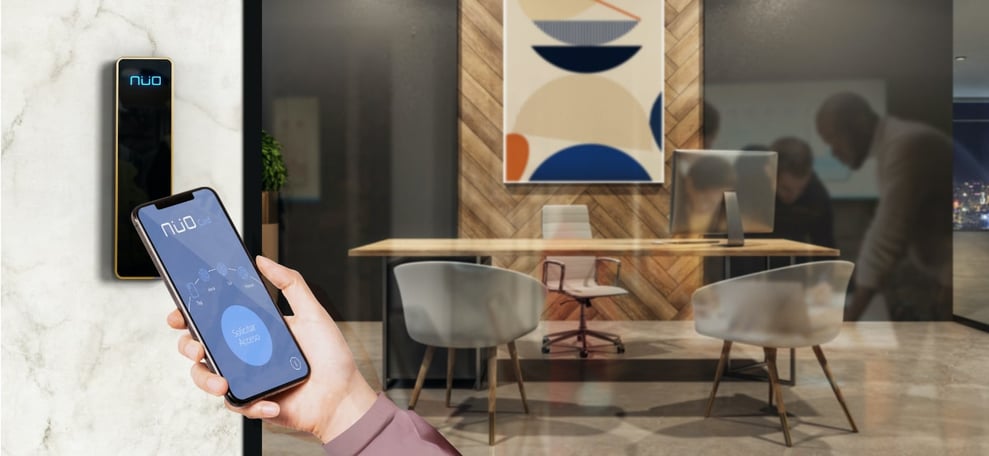
Access control systems that use NFC technology
NFC technology is a short-range wireless communication system that operates by proximity in the 13.56 MHz band. It is a newly evolved radiofrequency technology and its main function is to establish bilateral connections with other similar devices within the same range. In short, NFC technology is based on close devices communicating with each other and exchanging information in a way that's very fast and convenient for the user.
Examples where this technology is used for access control include systems that use smartphones to grant access. As smartphones are personal devices, they guarantee security by preventing identity theft. What's more, people tend to always carry their phone with them. Learn more about the advantages of using smartphones for access control by clicking here.
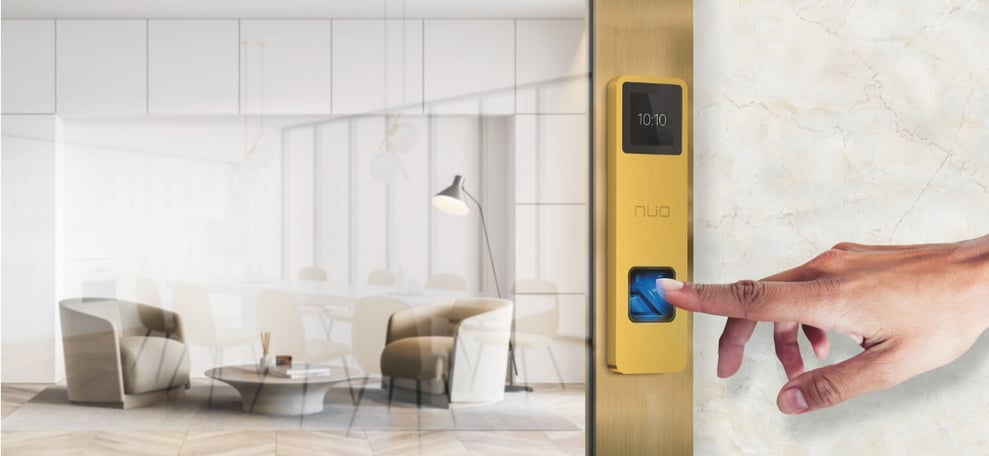
Access control systems that use biometric technology
Biometrics or biometric technology involves using a physical part of a person's body as their access key. Fingerprint biometrics is currently the most widely used and most secure implementation of this technology, and this is why NÜO Planet readers work using biometrics.
Access via fingerprints is secure since the latter are impossible to copy, clone or pass on.
As an installer, these are some of the solutions that you should keep in mind so that you can give your clients the best option from among the hundreds on the market. In this way you will be able to meet their needs.
For more information about access control systems, please visit our website or contact us without any further obligation.
Escrito por: NÜO Planet
Categorías: Security, Biometrics, Access Control, Installers, Mobile credential, Essentials
